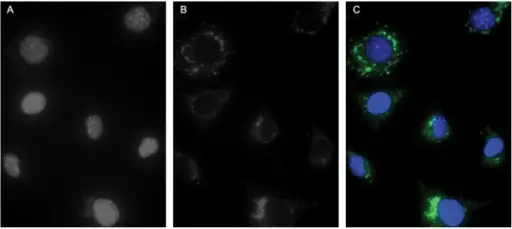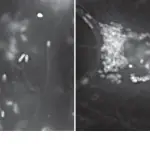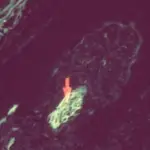Rickettsia are a diverse collection of obligately intracellular Gram-negative bacteria that require other living cells for growth.
What is the Pathology of Rickettsia?
The pathology of rickettsia is:
-Etiology: The cause of rickettsia is an unusual type of bacteria.
-Genes involved: Not applicable.
-Pathogenesis: The sequence of events that lead to rickettsia are: by the entry of pathogens in the skin, it spreads via the bloodstream to infect the endothelium and sometimes the vascular smooth muscle cells.
-Morphology: The morphology associated with rickettsia shows the typical envelope consists of three major layers: an innermost cytoplasmic membrane, a thin electron dense rigid cell wall and an outer layer.
-Histology: The histology associated with rickettsia shows endothelial damage with necrosis.
How does Rickettsia Present?
Patients with rickettsia typically are all genders of all ages. The symptoms, features, and clinical findings associated with rickettsia include cough, rash, muscle aches, swollen lymph glands, fever, and headache.
How is Rickettsia Diagnosed?
Rickettsia is diagnosed by biopsy.
How is Rickettsia Treated?
Rickettsia is treated by antibiotics doxycycline.
What is the Prognosis of Rickettsia?
The prognosis of rickettsia is fair.



